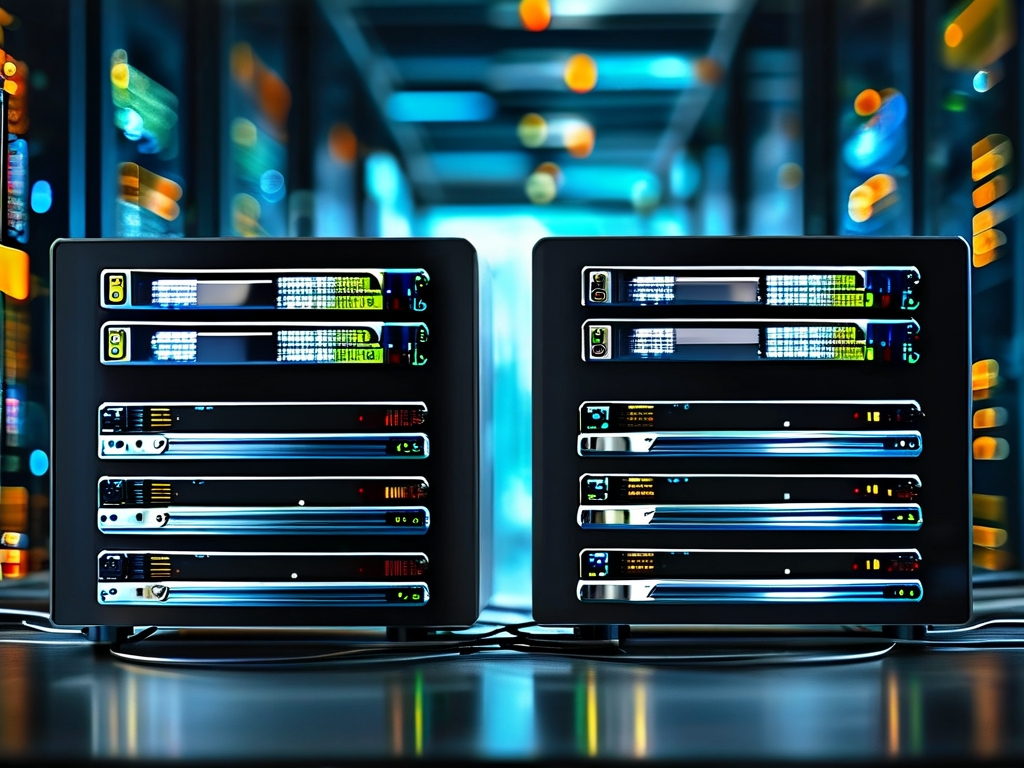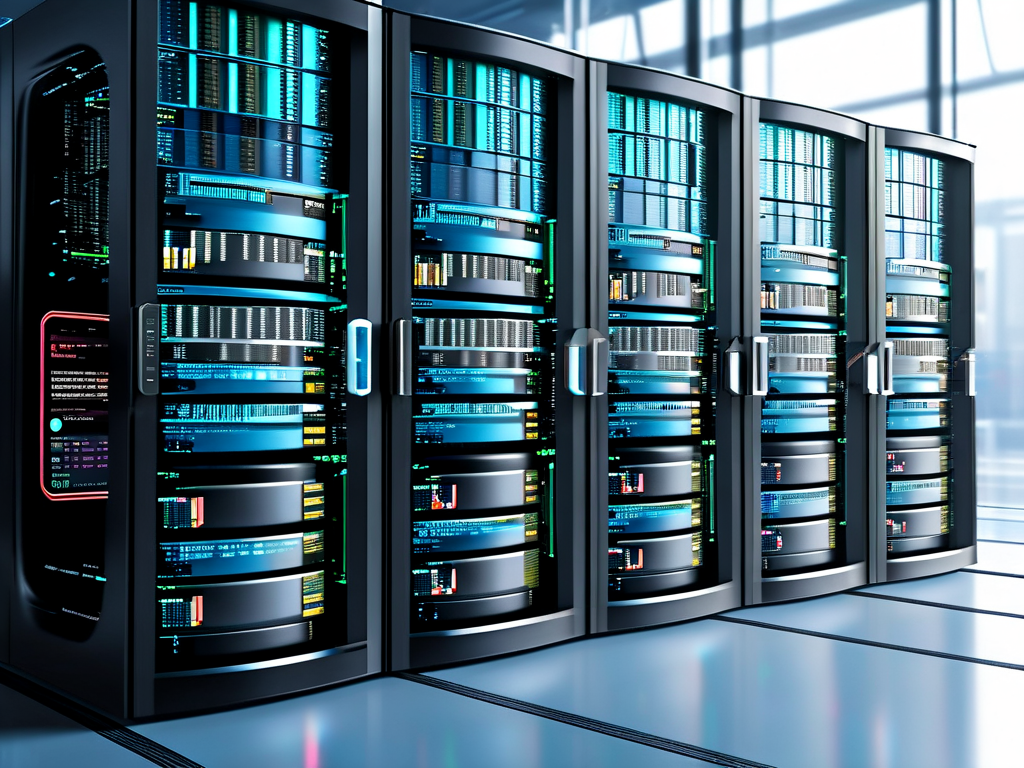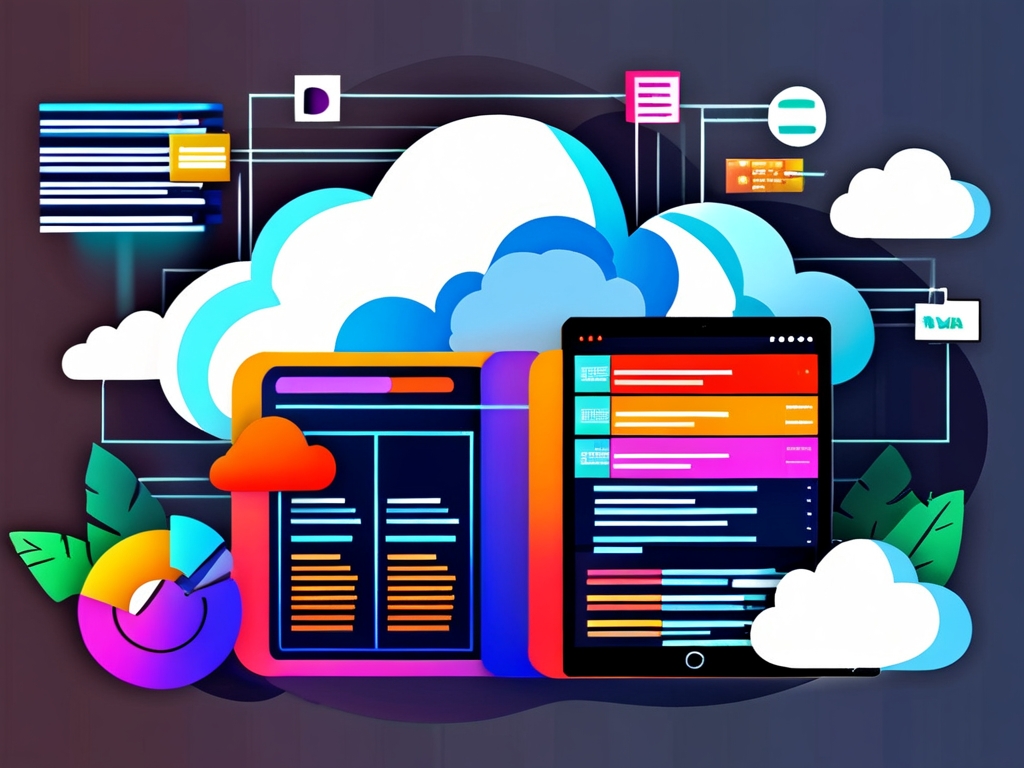In modern software development environments, maintaining separate testing and production databases has become a critical practice for teams aiming to achieve operational efficiency and data integrity. This strategic separation addresses multiple challenges faced during application development cycles while ensuring smoother deployments and safer experimentation.

Core Challenges in Shared Database Environments
When development and testing activities share a single database instance, teams frequently encounter conflicts that hinder progress. Developers modifying schema structures may inadvertently break automated test suites running against the same dataset. Simultaneously, testers executing performance benchmarks might degrade the responsiveness of the development environment. A common scenario involves a developer's experimental schema change overwriting crucial test data, forcing quality assurance (QA) teams to reconstruct their testing parameters – a time-consuming process that delays release timelines.
Architectural Advantages of Separation
Implementing isolated database environments creates clear boundaries between development, testing, and production phases. Development databases typically contain synthetic or anonymized data that developers use for feature implementation and debugging:
# Development database configuration (Django example)
DATABASES['dev'] = {
'ENGINE': 'django.db.backends.postgresql',
'NAME': 'app_dev',
'USER': 'dev_user',
'PASSWORD': 'secure_password',
'HOST': 'localhost'
}
Testing databases, conversely, mirror production environments with realistic datasets for accurate validation. This isolation allows QA engineers to execute load tests without affecting active development work. A financial technology company recently reported a 40% reduction in deployment errors after implementing separate testing instances that precisely replicated their transaction processing infrastructure.
Data Security and Compliance Benefits
Separate database environments help organizations meet regulatory requirements like GDPR and HIPAA. Development databases can use scrubbed or synthetic data, eliminating exposure risks for sensitive production information. Healthcare software teams, for instance, maintain strict separation to ensure patient records in production systems never appear in testing environments – a practice that both protects privacy and simplifies audit processes.
Optimized Resource Allocation
Dedicated database instances enable precise resource tuning. Development databases might prioritize fast write operations for frequent schema changes, while testing databases could optimize for complex read queries resembling real user behavior. Cloud platforms like AWS and Azure facilitate this through isolated database instances with customized scaling rules:
-- Testing database scaling policy (Azure SQL example) ALTER DATABASE test_db MODIFY (SERVICE_OBJECTIVE = 'HS_Gen5_8' -- High-scale compute tier MAX_SIZE = 1 TB);
Implementation Strategies
- Environment Parity: Maintain identical schema versions across environments using migration tools like Liquibase or Django Migrations
- Data Synchronization: Implement masked data replication pipelines from production to testing environments
- Access Control: Enforce strict permission policies (e.g., read-only access for testers in production)
- Cost Management: Schedule automated shutdowns for non-production databases during off-hours
A mid-sized e-commerce platform achieved 99.8% deployment success rates by combining database separation with blue-green deployment strategies. Their testing environment accurately simulated peak holiday traffic patterns, allowing performance optimizations before actual sales events.
Common Implementation Pitfalls
Teams sometimes underestimate the importance of data freshness in testing environments. While complete production data replication isn't always practical, maintaining statistically representative datasets proves crucial. Another frequent oversight involves neglecting to synchronize database extensions or vendor-specific features between environments, leading to "works in test, fails in production" scenarios.
Future Trends
Emerging technologies like database virtualization and containerized ephemeral environments are reshaping separation practices. Tools such as Docker and Kubernetes enable developers to spin up temporary database instances for specific test cases, combining isolation benefits with resource efficiency. Machine learning models are also being employed to generate intelligent test datasets that predict edge cases based on production data patterns.
As organizations accelerate their digital transformation initiatives, the strategic separation of development and testing databases evolves from being a best practice to an operational necessity. Teams that implement robust separation protocols while maintaining environment consistency position themselves to deliver higher-quality software faster, with reduced risk and improved team collaboration.









